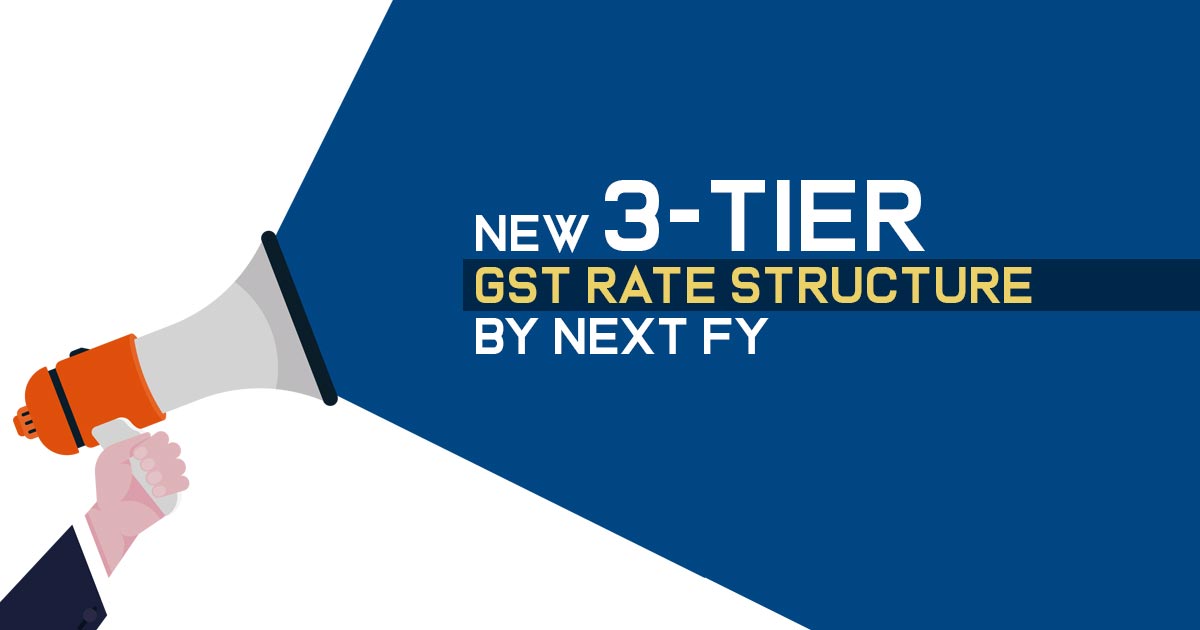
The upcoming more meetings of the GST Council would take countries into new indirect tax governance convenient to the ambition of providing a clear tax system with the least exclusions and fewer rates.
Sources working on the GST rate rational stated that a three-rate tax structure may become an actuality early next commercial later the views of a group of ministers (GoM) set for constancy is presented before the GST Council meeting.
The reason, as sources said, is to escape from the present broad five GST rate structure of zero 5,12, 18, and 28 percent to just three of 5,18, and 28 percent. There would be a few lists of excused items meanwhile particular defective goods could regularly attract higher duty levels.
The decreasing rates into three slabs would be initiated by mixing two existing slabs (12 -18 percent), and the process in this way would be made in sections with rate changes cleared by the GST Council prior to a three-rate structure being set for all items.
Chief Economic Adviser in the Union finance ministry Krishnamurthy Subramanian has also stated that big reform in GST rates would be attempted soon as was envisioned earlier.
India has four main GST rates of 5 percent, 12 percent, 18 % percent, and 28 percent. There is also a tax on luxury and dereliction goods like automobiles, tobacco, and aerated drinks. On the other side precious stones and metals, special rates of 0.25 percent and 3 percent, individually, are suitable.
An offer to mix the 12 percent and the 18 percent slabs into a certain rate has been debated for many years. It was assumed that a step in the direction would be taken in FY21. However, the covid disruption and sharp fall in collections and relief measures hindered the plan at a rating outlook. Here, when the GST collection again rises over Rs 1 lakh crore mark, the belief is that three rate structures should be out at the earliest.
In case the council approves the amalgamate of the two rates, items like ghee, butter, cheese, and spectacles may become costly meanwhile soap, kitchenware and apparel may become cheaper.
Recently Finance Minister Nirmala Sitharaman had recently revealed that the efficient tax rate under GST had passed from the original revenue-neutral rate of 15.5 percent to 11.6 percent ‘knowingly or unknowingly because of several rates cut as of GST’s introduction in July 2017. The procedure of rate deliberate is expected to correct this span via rate changes in multiple product categories.